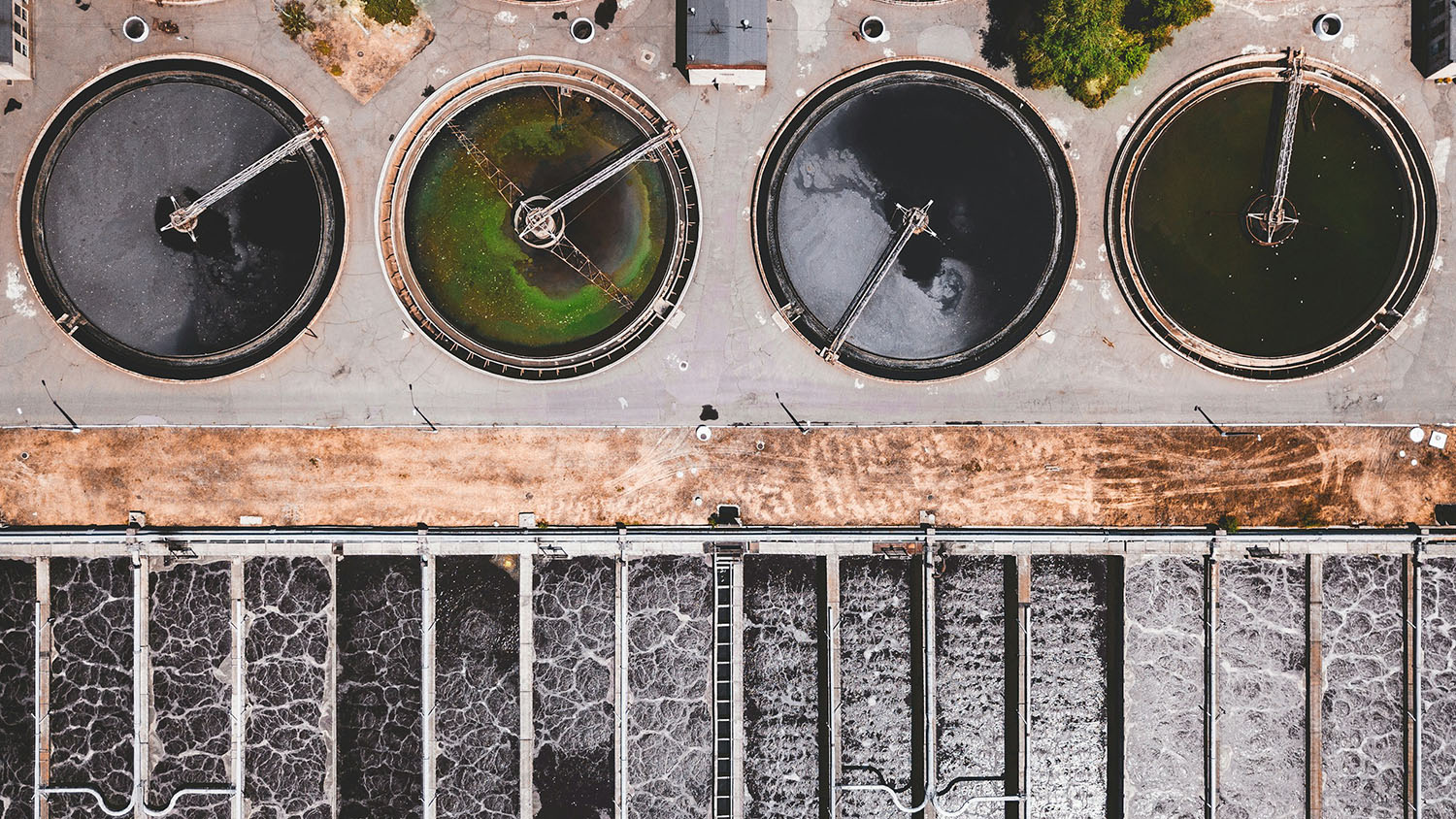Parsons Lab Project is Recipient of Chancellor’s Innovation Fund
This article includes excerpts from a story written by Matt Simpson.
Chemical weapons continue to present serious danger to soldiers and civilians alike in war zones across the world. And since World War II, there’s been little technological advancement in protective gear. Current offerings rely on activated carbon materials, which only adsorb but do not neutralize the chemical warfare agent — and often make the equipment heavy, hot and hard to wear.
Gregory Parsons, the Alcoa Professor in the Department of Chemical and Biomolecular Engineering, and his graduate student Sarah Morgan have developed “ChemBuckler,” which has the potential to be a revolutionary, next-generation protective fabric that not only adsorbs but also neutralizes chemical warfare agents on contact using zirconium-based metal-organic framework catalysts. Their technology produces durable fabric composites that can be used to create better-fitting gear, which provides greater protection against toxins — with less burden on the wearer. The technology also has applications in personal protection from agricultural pesticides.
CIF support will be used to develop samples for the U.S. Army to test against its key performance characteristics.
 Recently, representatives from the Army Research Office (ARO) in RTP visited the Parsons Lab to see the warfighter protection technology in person. Sarah showed the chemical weapons-resistant fabric to Brigadier General David Trybula, Deputy Commanding General of the U.S. Army Combat Capabilities DEVCOM; Barton Halpern, ARO Director; and David Stepp, ARO Chief Scientist.
Recently, representatives from the Army Research Office (ARO) in RTP visited the Parsons Lab to see the warfighter protection technology in person. Sarah showed the chemical weapons-resistant fabric to Brigadier General David Trybula, Deputy Commanding General of the U.S. Army Combat Capabilities DEVCOM; Barton Halpern, ARO Director; and David Stepp, ARO Chief Scientist.
Sarah was awarded the “Exemplary Impact to DoD” award for her poster presentation at the NDSEG conference this summer in Boston. The poster, “Metal organic framework fabric for chemical warfare agent protection” demonstrated that the material is scaleable and sustainable.
Congratulations and good work, Sarah and Professor Parsons!
- Categories:


